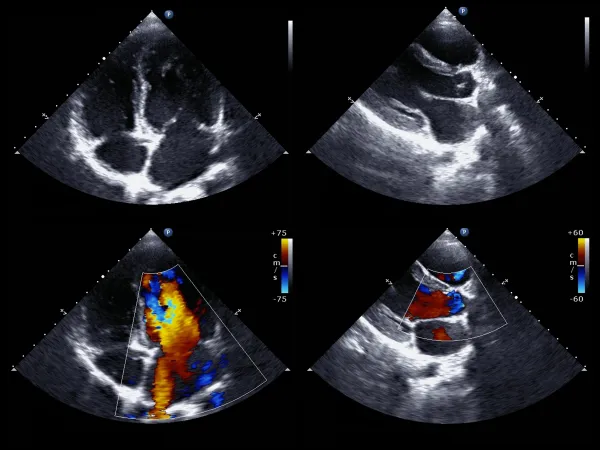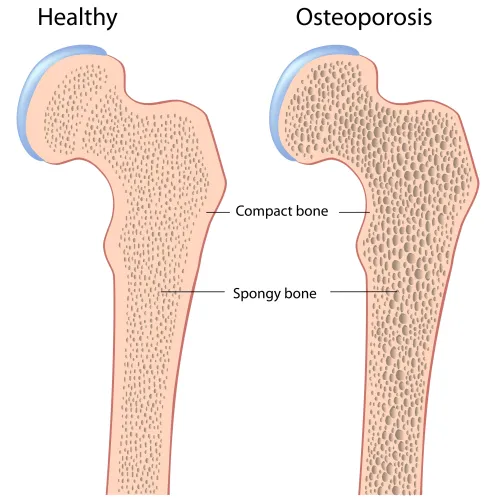Radiology Coding Alert
ICD-10-CM 2022:
Report Severe Brain Injuries Using New Brain Compression Codes
Published on Tue Feb 22, 2022

You’ve reached your limit of free articles. Already a subscriber? Log in.
Not a subscriber? Subscribe today to continue reading this article. Plus, you’ll get:
- Simple explanations of current healthcare regulations and payer programs
- Real-world reporting scenarios solved by our expert coders
- Industry news, such as MAC and RAC activities, the OIG Work Plan, and CERT reports
- Instant access to every article ever published in Revenue Cycle Insider
- 6 annual AAPC-approved CEUs
- The latest updates for CPT®, ICD-10-CM, HCPCS Level II, NCCI edits, modifiers, compliance, technology, practice management, and more
Related Articles
Other Articles in this issue of
Radiology Coding Alert
- Trabecular Bone Scores:
Learn If Trabecular Bone Score Codes Require New Scans
Does documentation of a T-score point to a TBS code? Trabecular bone scores (TBS) provide [...] - Coding Tips:
Use These 5 Tips to Refine Your Renal Cell Cancer Coding Skills
Eliminate incidental findings from your coding for a cleaner claim. Computed tomography (CT) and magnetic [...] - ICD-10-CM 2022:
Report Severe Brain Injuries Using New Brain Compression Codes
An estimated 1.5 million people suffer a traumatic brain injury each year. Before Oct. 1, [...] - You Be the Coder:
Pinpoint the Right Codes by Following the Implant Guidelines
Question: A 24-year-old patient comes into the emergency department (ED) presenting severe acute pain in [...] - Reader Questions:
Can You Code Bone Length Studies and Knee X-rays Together?
Question: Following a patient’s knee replacement, a physician performed a bone length study and captured anteroposterior [...] - Reader Questions:
Leave Low Back Pain Off Your Claim When Reporting M43.16
Question: Our radiologist captured two X-ray views of a 75-year-old patient’s L1-L5 vertebrae. The patient was [...]
View All




